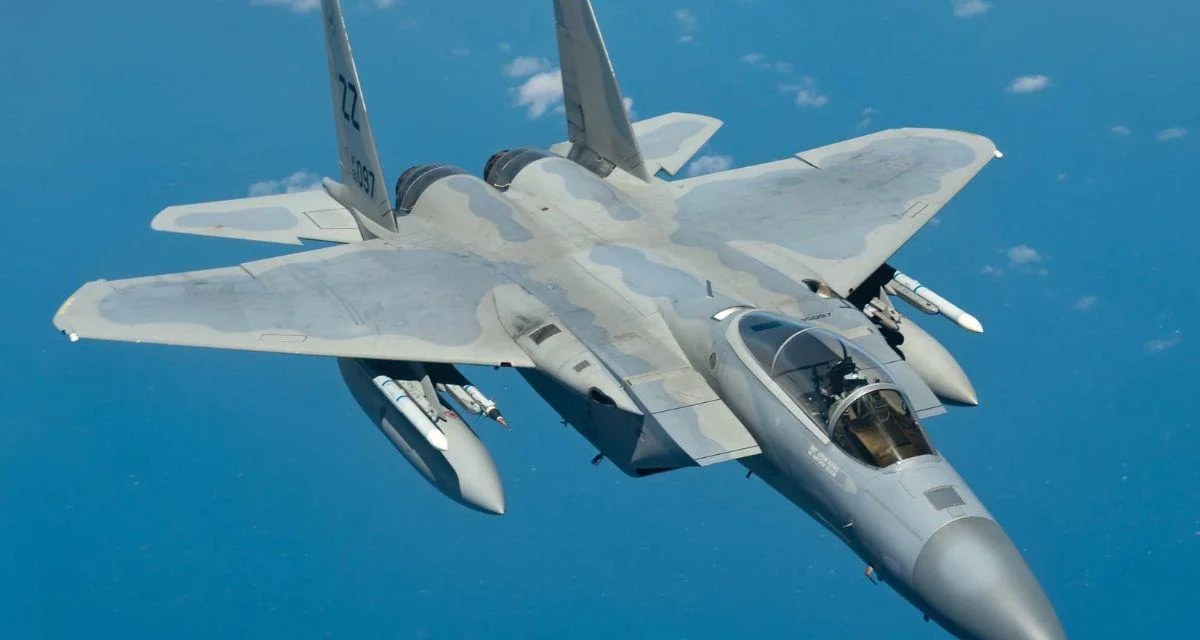As new engine technologies emerged over time—including turbofans like those found on later DC-8 variants—the power output increased and fuel efficiency improved. However, when originally conceived, no twin-engine solution could provide sufficient thrust or reliability for long-range operations.
Safety concerns also influenced the decision for four engines. Early turbojets were prone to failures such as flameouts and compressor stalls. During its initial years of operation, the DC-8 experienced an average of 50 in-flight shutdowns per 100,000 flight hours—a rate much higher than modern standards. The design allowed for continued flight even if one engine failed during critical phases such as takeoff.
Several notable incidents underscored these risks:
"During the landing rollout, the two port-side engines and their reverse thrust systems failed, leading to asymmetric thrust, causing the aircraft to veer off the runway and catch fire. Eighteen passengers died." (United Airlines accident, 1961)
"During a training flight, the thrust reverser deployed in flight, causing loss of control and a crash shortly after takeoff. Two of the five crew on board were killed." (Air New Zealand accident, 1966)
"While taxiing for takeoff, the number one engine suffered an uncontained failure (explosion and disintegration of the first-stage compressor disk), igniting a fire which rapidly engulfed and destroyed the aircraft. Fortunately, all passengers and crew evacuated safely." (SAS accident, 1970)
Regulatory requirements further dictated engine configuration choices. In this era before ETOPS (Extended Range Twin Operations), rules limited twinjets to routes within 60 minutes’ flying time from an alternate airport using only one engine. Four-engine jets like the DC-8 were exempt from these restrictions from their introduction—enabling true transoceanic flights between cities such as New York and London.
Market expectations also played a role; airlines sought aircraft similar to competitors’ offerings such as Boeing’s four-engine 707 or Vickers’ VC-10. As a result, Douglas followed industry norms by adopting a quadjet layout.
Production of all DC-8 variants totaled 556 units between its launch and April 1972 when production ended with delivery to SAS. Although not matching Boeing’s sales figures for comparable models like the 707 (865 built), ongoing modifications—including retrofitting quieter CFM56 turbofans during noise regulation changes in the late twentieth century—extended many DC-8s’ operational lives into cargo roles until final retirement from commercial service in 2020.
In summary: "McDonnell Douglas (née Douglas) built the DC-8 with four engines because the 1950s demanded it: for power, safety, and regulatory compliance in an era before reliable twinjets and ETOPS. This choice resulted in an iconic aircraft that propelled aviation into the jet age, leaving an indelible mark on the skies worldwide."
 Alerts Sign-up
Alerts Sign-up




































